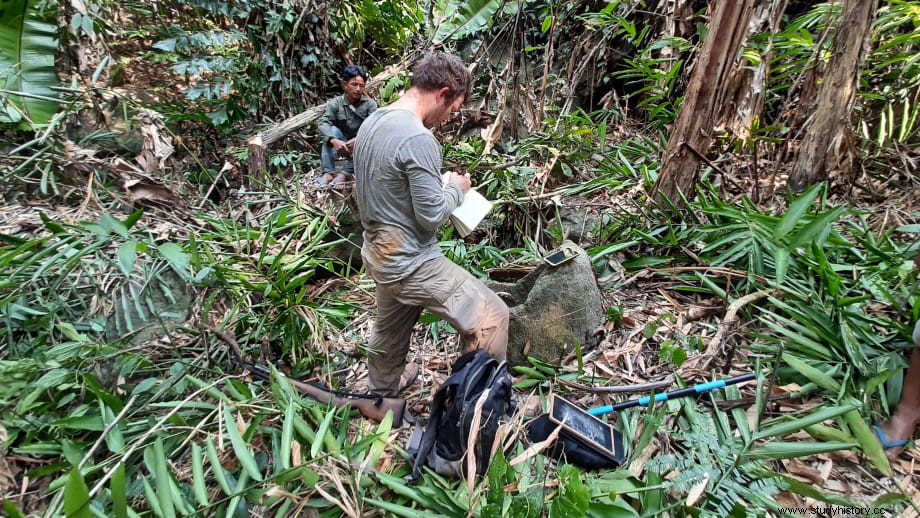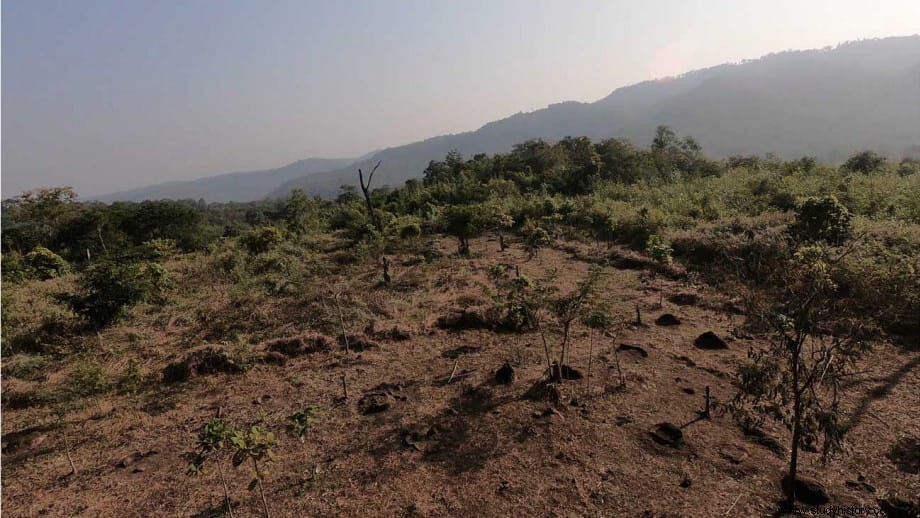Mysterious giant jars have been unearthed at four new sites in Assam, India, that could have been used in funerary rituals. The discovery is the result of a collaboration involving researchers from the Australian National University (ANU).
The 65 newly discovered sandstone jars vary in shape and decoration, some are tall and cylindrical and others are partially or fully buried in the ground. Similar jars have been discovered before in Laos and Indonesia, some reaching three meters high and two meters wide.
We still don't know who made the giant jars or where they lived. It's all a mystery said ANU doctoral student Nicholas Skopal. Another mystery is what they were used for. The researchers believe that it is likely that they were associated with funerary practices. There are stories of the Naga people, the modern ethnic groups of northeast India, who speak of finding the Assam jars filled with cremated remains, beads, and other material artifacts Skopal said.

This theory coincides with the findings of other jar sites in countries such as Laos, which are also linked to funerary rituals. Initially, the goal of the new research was to study the existing deposits in Assam. However, as the researchers moved across the landscape, they realized there was more to discover.
Initially, the team limited itself to studying three large deposits that had not been formally studied. From there, grids were established to explore the surrounding forested regions explains Skopal. That's when we started finding new deposits of jars . The team only searched a very limited area, so there are likely many more, but we don't know where they are yet .

Prospecting and reporting of these deposits are of great importance for heritage management in India. It seems that there are no living ethnic groups in India associated with the jars, which means that it is important to maintain the cultural heritage Skopal said. The longer we find them, the more likely they will be destroyed, as more crops are planted in these areas and forests are cut down .
The researchers worked with local communities on the ground to uncover potential jar sites, often through difficult-to-traverse mountainous jungle areas. Once sites are registered, it is easier for the government to work with local communities to protect and maintain them from being destroyed Skopal said.
The research was led by Tilok Thakuria of North Eastern Hill University and Uttam Bathari of Gauhati University.
